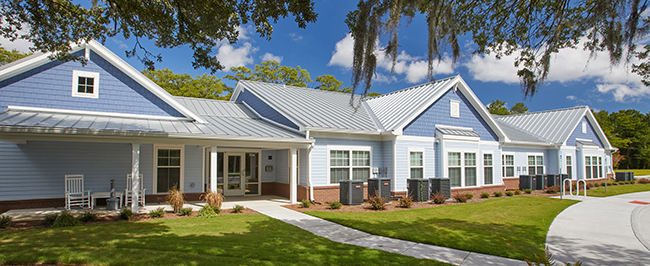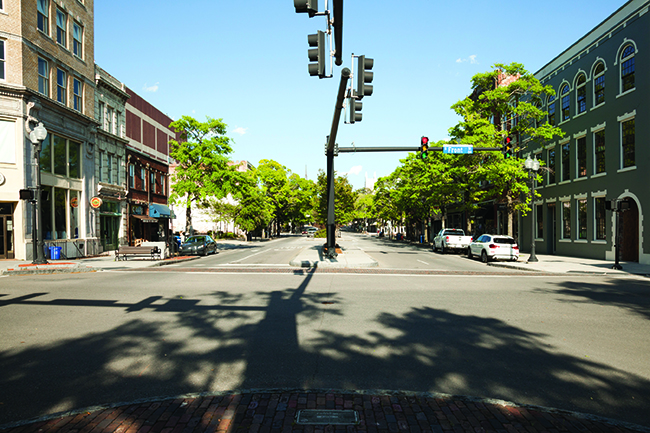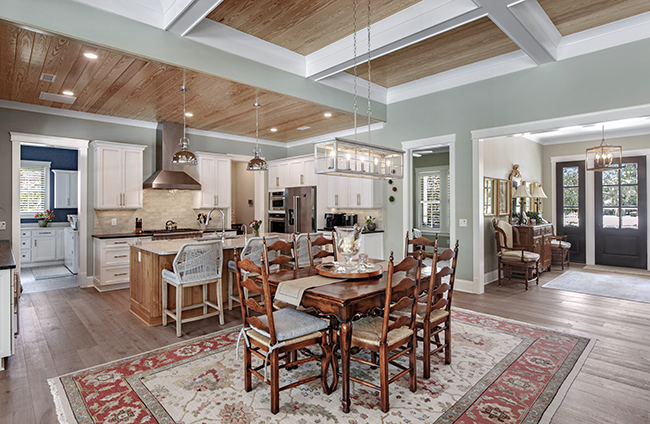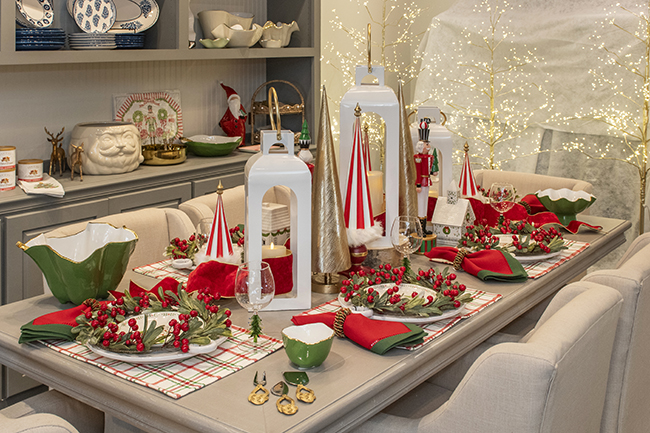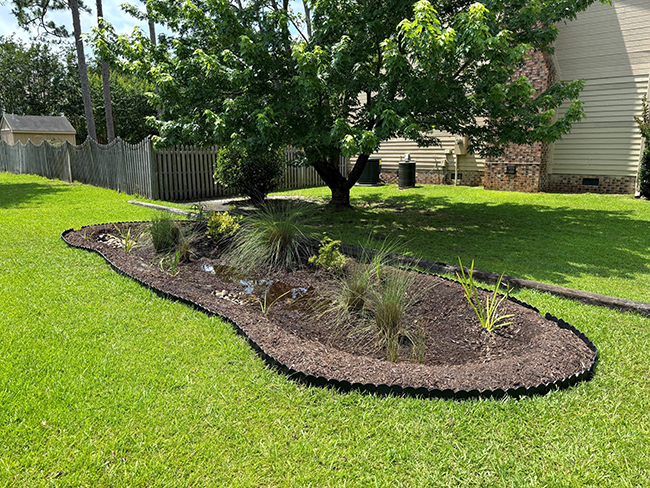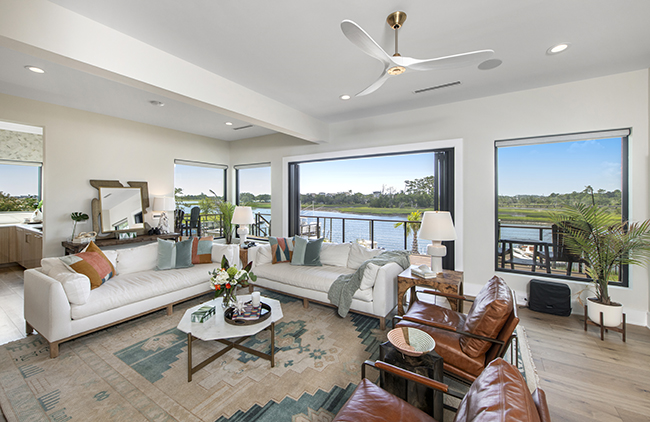The Magic of Home Staging
03 Jul 2024
The art and science of appealing to home buyers through strategic design
By Jen Reed » Photos by Crystal Glass Photography
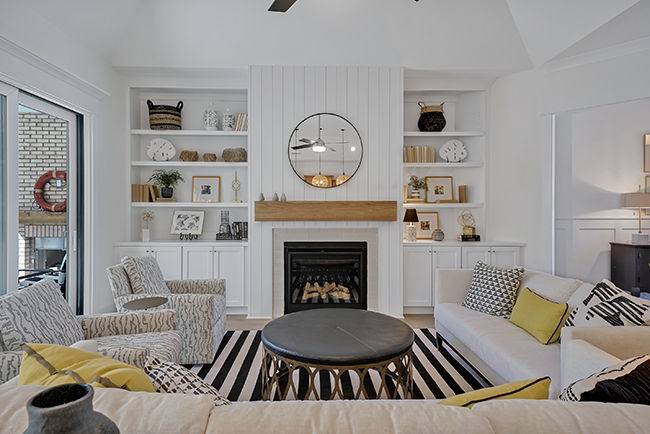
Home staging goes beyond simple decoration; it's a strategic marketing technique that turns a living space into a real estate product. This process involves not only design principles but also a deep understanding of buyer psychology.
If you’ve spent any time in Wilmington, you know that new home construction and resales are big business. But getting a home sold – and claiming top dollar – doesn’t happen by accident. We talked with several home designers and staging experts to get some of their tried-and-true tips for creating an inviting space that will get your home sold.
By viewing a home as a product, stagers can spotlight its best features and connect with the emotional and psychological needs of potential buyers. Here’s how it’s done...
Creating Emotional Connections
Imagine having just seven seconds to wow a potential buyer. Stressful, right? But that’s the reality in home staging. It’s not just about arranging furniture; it’s about creating an emotional bond with buyers. People aren’t just looking for a house; they’re seeking a home that feels like a sanctuary.
Picture this: buyers envisioning cozy evenings in the living room, laughter around the dining table, or peaceful nights in a comfy bedroom. Achieving this means paying attention to every detail—soft textures, soothing colors, and perfectly placed decor all come together to create a warm, inviting atmosphere.
Successful staging also leaves room for buyers to project their own lives into the space. It’s about balancing a suggested lifestyle with an open canvas for their dreams. The goal? To turn a house into a potential home filled with promise.
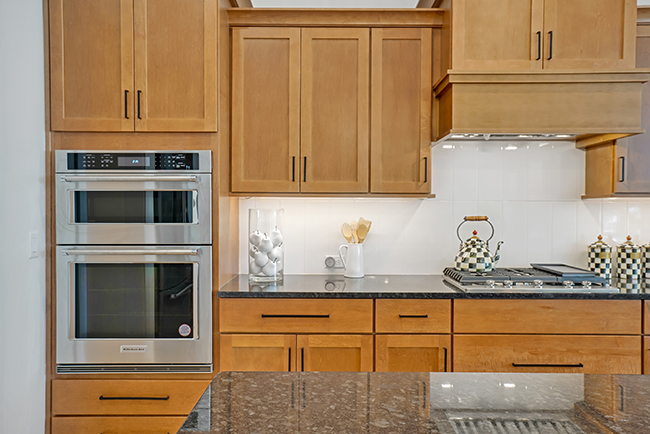
Making a Great First Impression
First impressions are everything in home staging. When buyers step through the door, every detail counts. This initial encounter sets the tone for their entire visit and lingers in their minds long after they’ve left. A well-staged home speaks volumes about its quality and value right from the start.
The entrance should be welcoming, creating a smooth transition into the home. The right mix of lighting, color, and decor can create harmony and balance, making buyers feel instantly at home. It’s all about crafting an experience that feels both aspirational and attainable, where buyers can see themselves living and thriving.
Attention to detail is crucial. From the scent in the air to the texture of the surfaces, everything contributes to a positive, lasting impression. Home staging here isn’t just about looking good; it’s about strategically tapping into the psychology of attraction and desire.
Highlighting the Best Features
Think of home staging like telling a great story. It’s about showcasing a property's best features while downplaying its flaws. This isn't about deception; it's about focusing the buyer's attention on what makes the home special.
For instance, if a room is small, light colors and mirrors can make it appear larger. If there's limited natural light, using multiple light sources can brighten things up. Even outdated elements can be balanced with modern accessories to give the space a refreshed feel.
By emphasizing unique features like a beautiful view or an elegant fireplace, staging can create a visual hierarchy where the positives shine and the negatives fade into the background. This approach helps buyers focus on the home's potential and envision a future that overshadows any imperfections.
Maximizing Perceived Value and Space
Maximizing perceived value and space is a cornerstone of effective home staging. It's not just about cosmetic tweaks; it’s about presenting a space in the best possible light. Decluttering is the first step, creating a blank canvas that highlights the home's architecture and dimensions.
Thoughtful furniture placement defines spaces, creates flow, and showcases functionality. For example, arranging seating around a fireplace or view can enhance a living room’s appeal. The right color palette can make rooms feel larger and more inviting, while effective lighting can highlight the best features and set the mood.
These techniques help buyers see the true potential of their investment. A well-staged home appears spacious, well-maintained, and thoughtfully designed, making it feel like a dream home.
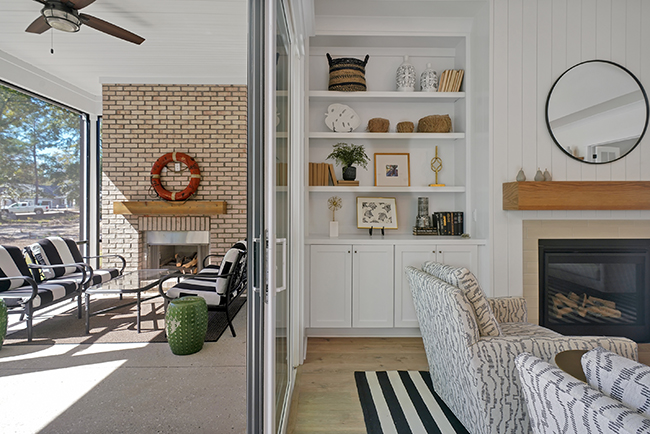
Broadening Appeal with Neutralization
Neutralization is all about making a home appeal to a wide range of potential buyers. It involves toning down personal tastes and creating an inviting backdrop that resonates with everyone.
Neutral colors like beige, gray, and cream are your best friends here. They make spaces look larger and brighter while providing a versatile canvas for buyers to imagine their own decor. Beyond color, neutralization extends to furnishings and decor, replacing bold or niche items with more understated pieces.
This strategy includes decluttering and rearranging furniture to maximize space and flow, making the home more inviting and easier to navigate. Ultimately, neutralization helps buyers see themselves in the space, enhancing the home's marketability.
Wrapping Up
Effective home staging is both an art and a science, turning a home into a marketable product by appealing to buyers' emotions and perceptions. It goes beyond aesthetics, tapping into the psychology of buyers to create spaces that not only look appealing but feel right.

